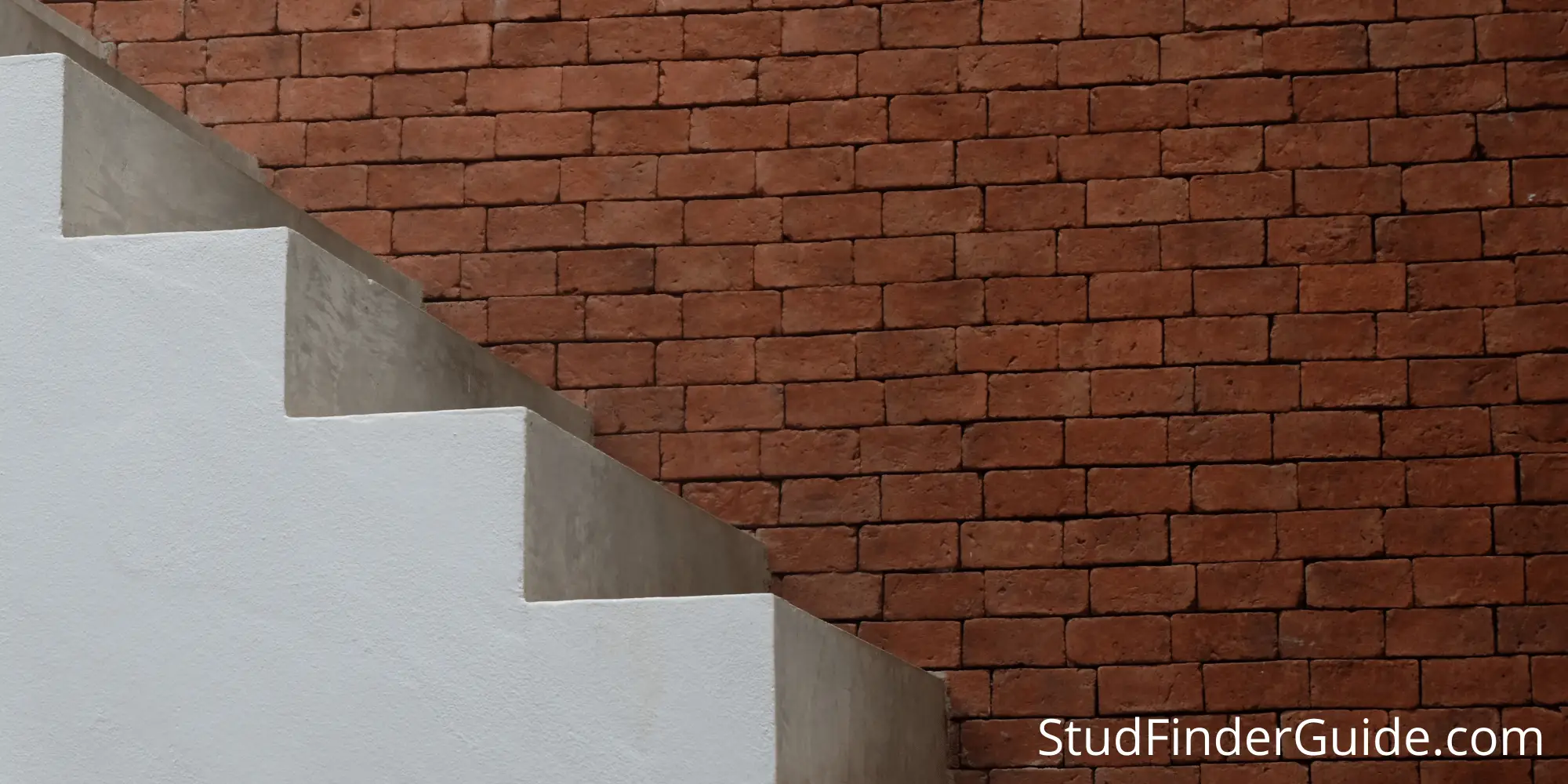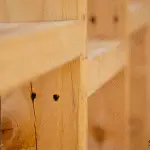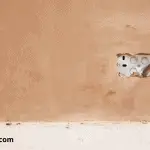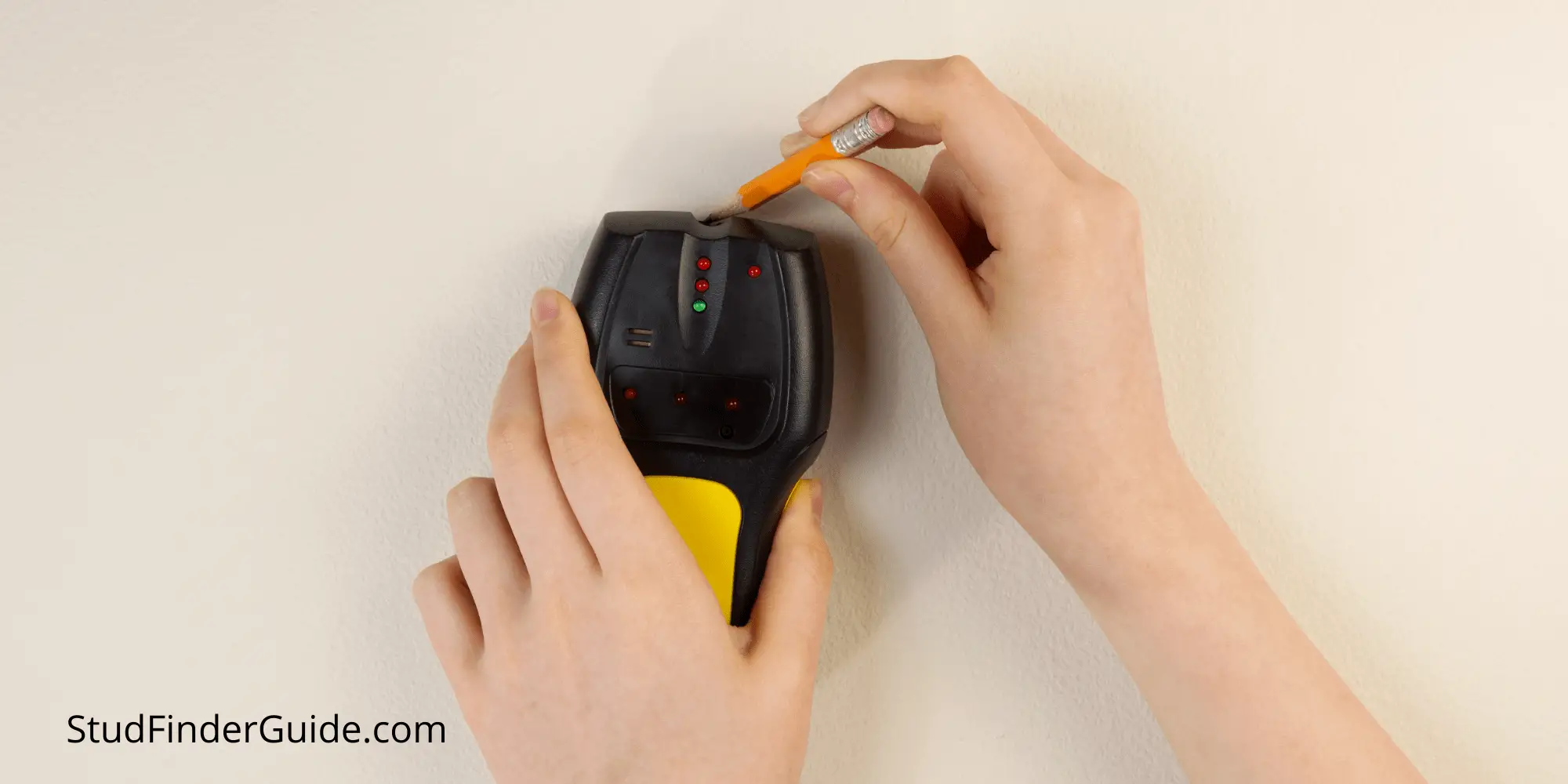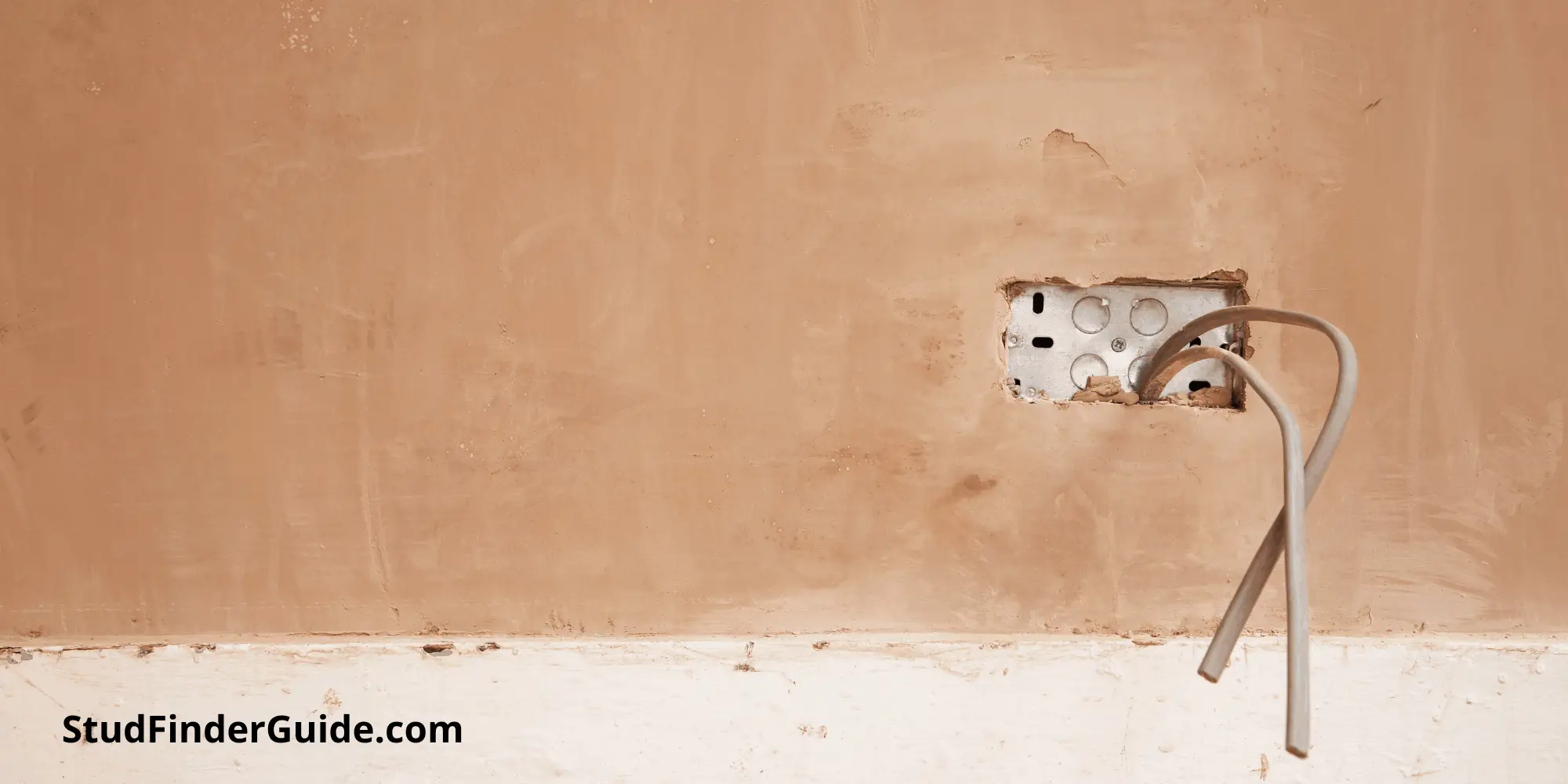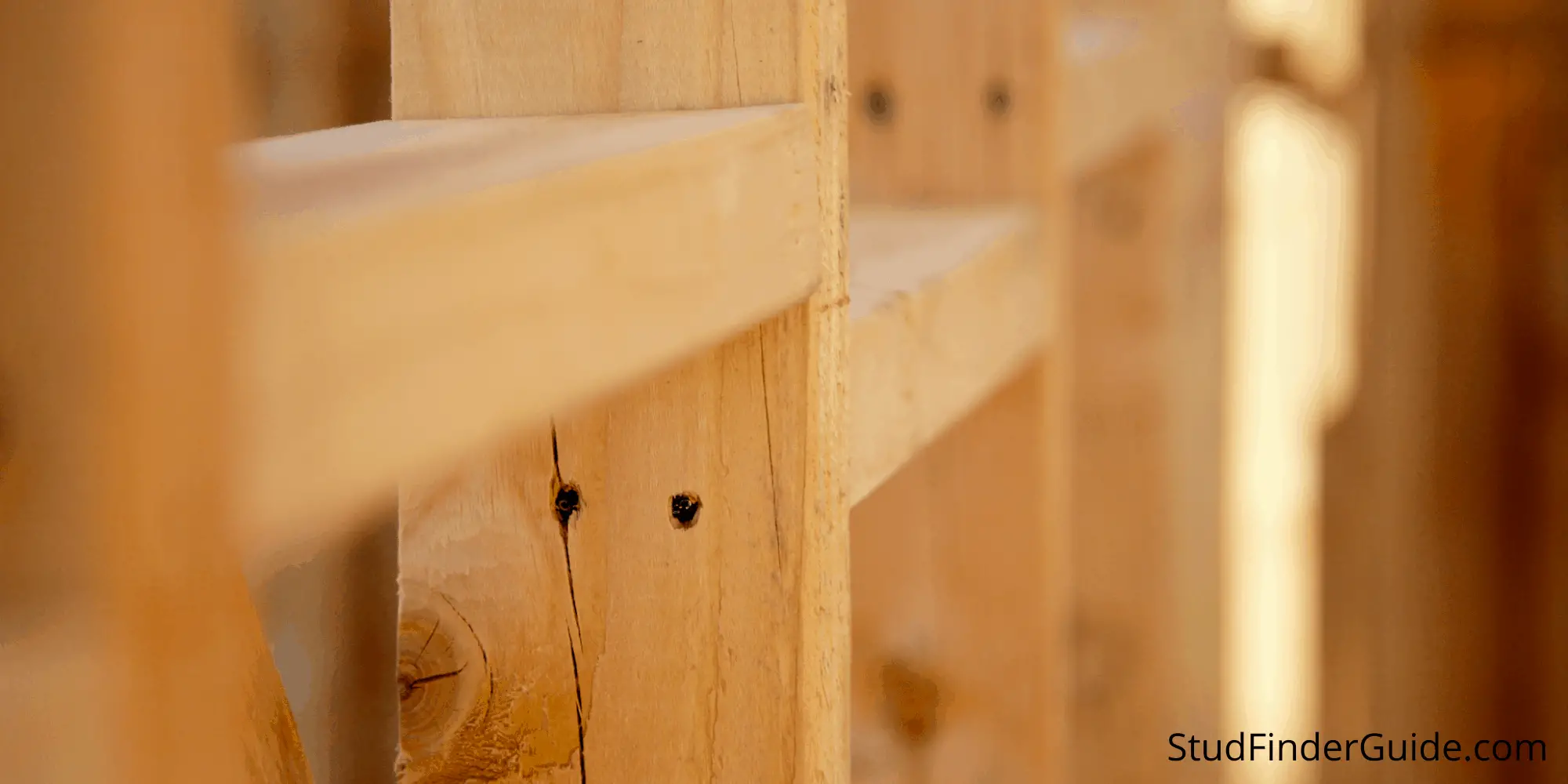Having decided to splash some colour to your favourite room, it’s possible you may also want to decorate your home with some new items. Perhaps you’ve just purchased some artwork and have the ideal spot on your wall to place it. But what about heavier items, such as mirrors or the latest flat screen TV? You want to be sure that heavier items will stay on the wall and not come crashing down! When it comes to hanging larger or heavier items, you need to be locating the wall studs. A quick and easy way to help with this task is to purchase a stud finder. But what if you want to fix your item to a brick wall? Do stud finders work through brick walls?
Can You Find Wall Studs In Brick?
Quickly answered “Yes” you can. You are going to have to give consideration to a couple of key parts though. 1. The age of the property and 2. Is it actual brickwork or brick slip, also referred to as brick veneer. Regardless of whether you are working on wood, plaster or brick walls, you are able to locate wall studs using some very common methods.
When it comes to construction, typically as a guide – wall studs will be placed around 16 inches (40.64 centimetres) apart from each other. By using a handheld stud sensor (or stud finder), carefully mark off the positions that the studs are located and measure between two or three wall studs. You should then see a pattern. As I’ve already mentioned, a stud finder is going to be your best bet here, for ease and efficiency.
Ways Of Finding Studs
An electronic finder will be the way most construction workers and DIYer’s, find wall studs. Obviously there can be a variance depending on the type of stud finder model you are using. But as a rule of thumb, an electronic stud finder, such as a Stanley FatMax Stud Sensor 300 will be one possible solution.
Electronic Stud Finders
Thanks to electrical capacitance – these little handheld devices can detect whether the wall is empty or if there is something there, such as wall studs. I won’t bore you with the scientific stuff, but an electrical field is created when using the stud finder, which acts in different ways depending on whether a wall stud is present or not. The sensor will usually beep when being moved slowly across the area, to signal that a stud is present. Just bear in mind that when using an electronic stud finder, it can also make errors when detecting certain things. For example, wiring behind a wall, rather than a wall stud.
Magnetic Stud Finders
Modelled on the old style of stud finders, but with much improved design and technology, a magnetic stud finder is a very easy one to use. Consisting of a frame and magnetic finger, upon moving the stud finder closer to a metal screw or nail, will move. Simply put as a screw or nail goes into the wall stud, once the magnetic stud finder has found the screw or nail, it has also found the wall stud.
Whilst more accurate that an electronic stud sensor, the magnetic type is unable to confirm the “center” of a wall stud. Yes it detects the metal nail or screw, but you will not be able to gauge as to whether you are left or right or bang on center with this device! One key benefit with a magnetic stud finder, is that it’s unlikely to misinterpret anything else other than the wall stud.
Drilling Brick Walls
Some people will fail to find wall studs and therefore have to think of alternative methods. You can try drilling, but this is something that you must exercise caution to. The last thing you want is to damage your walls, trying to locate a wall stud! You are also going to need some patience, as this can be a tricky and time consuming process.
Option 1 would be to drill multiple small holes, having first gauged where you believe the wall stud to be. Once done, use a power screwdriver to help with the small hole drilling. It’s very likely you will have to spend time afterwards repairing the large selection of small holes in your wall! Option 2 is going larger with the drilling, making a hole large enough to enable you to see what is behind the wall. Once done slowly lower a tool into the hole, which once it stops, should be telling you that a wall stud has been located.
Final Thoughts
So stud finders do work through brick, but remember walls can be easily damaged and more so on walls where properties are old. Always take your time when doing this kind of task.

